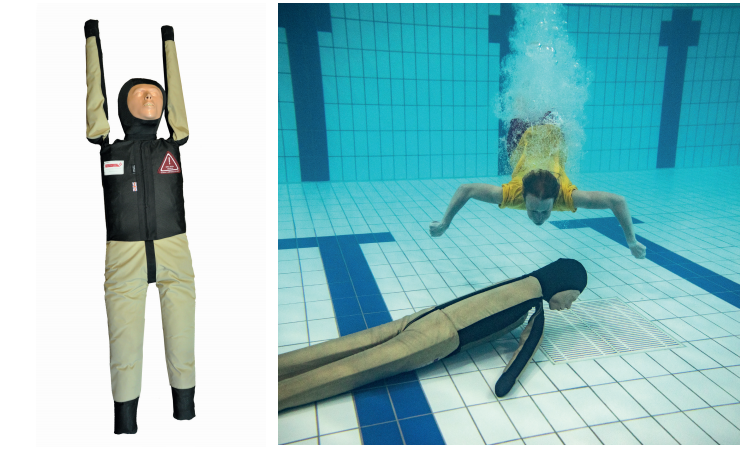

We know good CPR gives higher survival rates, and the idea about scoring is to reflect how good the performance really is for the patient.
Laerdal’s CPR scoring algorithm provides learners with an accurate score on their CPR performance and guides them on how to give even better CPR. But how do you make sense of the numbers behind the score?
How come learner 2 got a better score when learner 1 had better compression depth?
Learner 1

Learner 2

The quick answer is that the top numbers, the overall score of 96% and 98%, are non-binary numbers calculated across all sub-skills of CPR by Laerdal’s QCPR algorithm. The three other numbers on the screens above are binary.
While binary scoring only counts the number of times each individual learner is within the recommended guidelines, Laerdal's non-binary algorithm also calculates how close learners are to the thresholds.
In the example above, the result says that Learner 2 had 92% of the compression depth within the guideline threshold of 5 to 6 centimeters. The reason the overall score is higher than Learner 1's, is that Learner 2's "wrong" compressions were much closer to the guideline threshold of 5-6 cm. More on this later.
The overall CPR score is a simple representation of how good the CPR performance was, but the mathematics behind it can be very complex. On this page, we’ll share some insights with you on the principles on how we calculate the score, and also how you can improve CPR learning.





